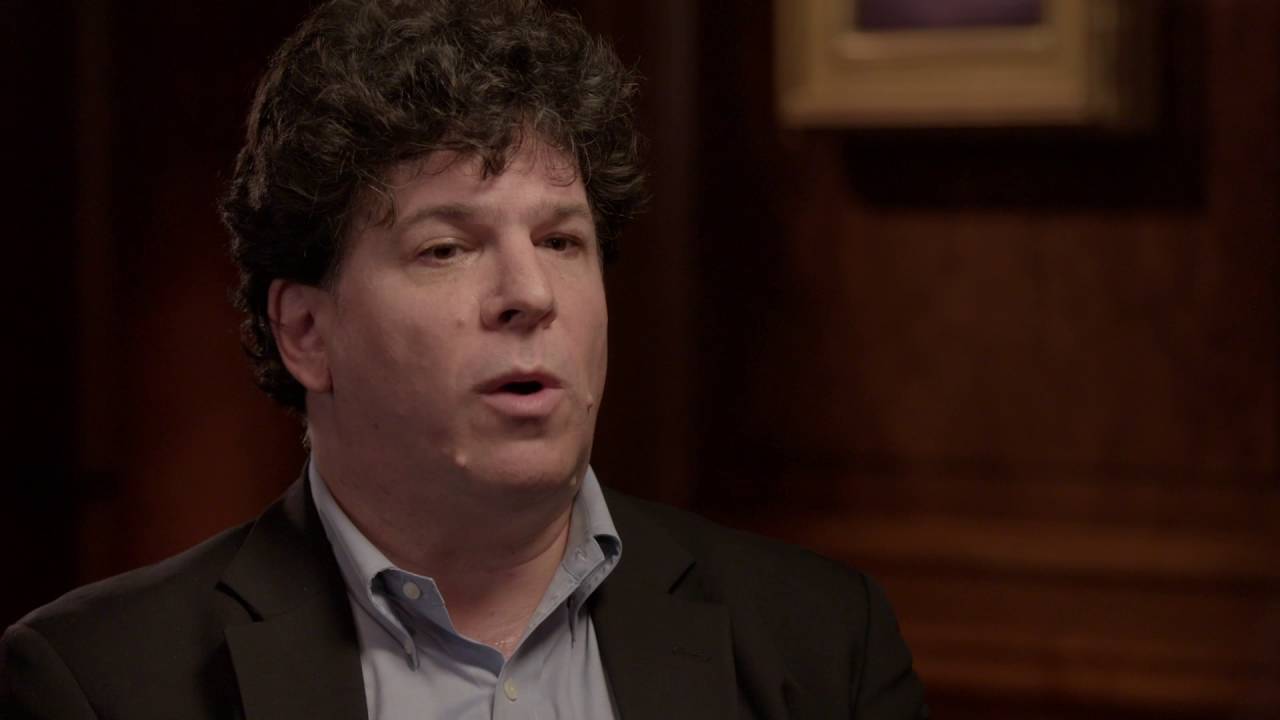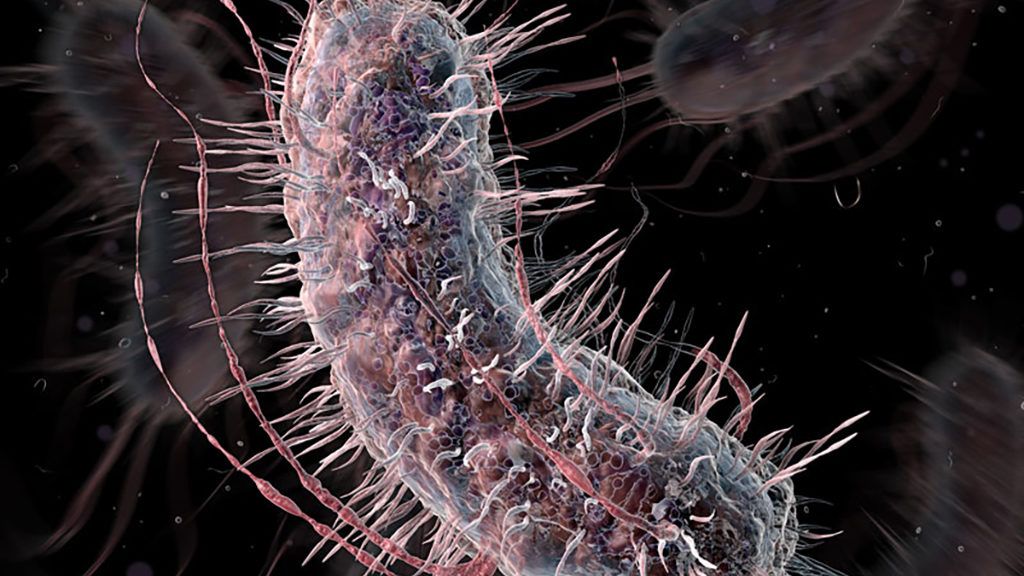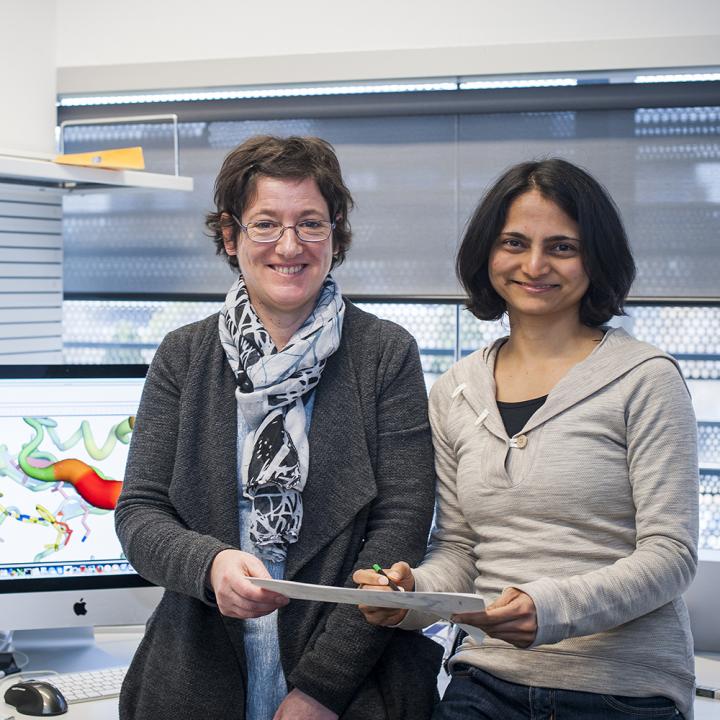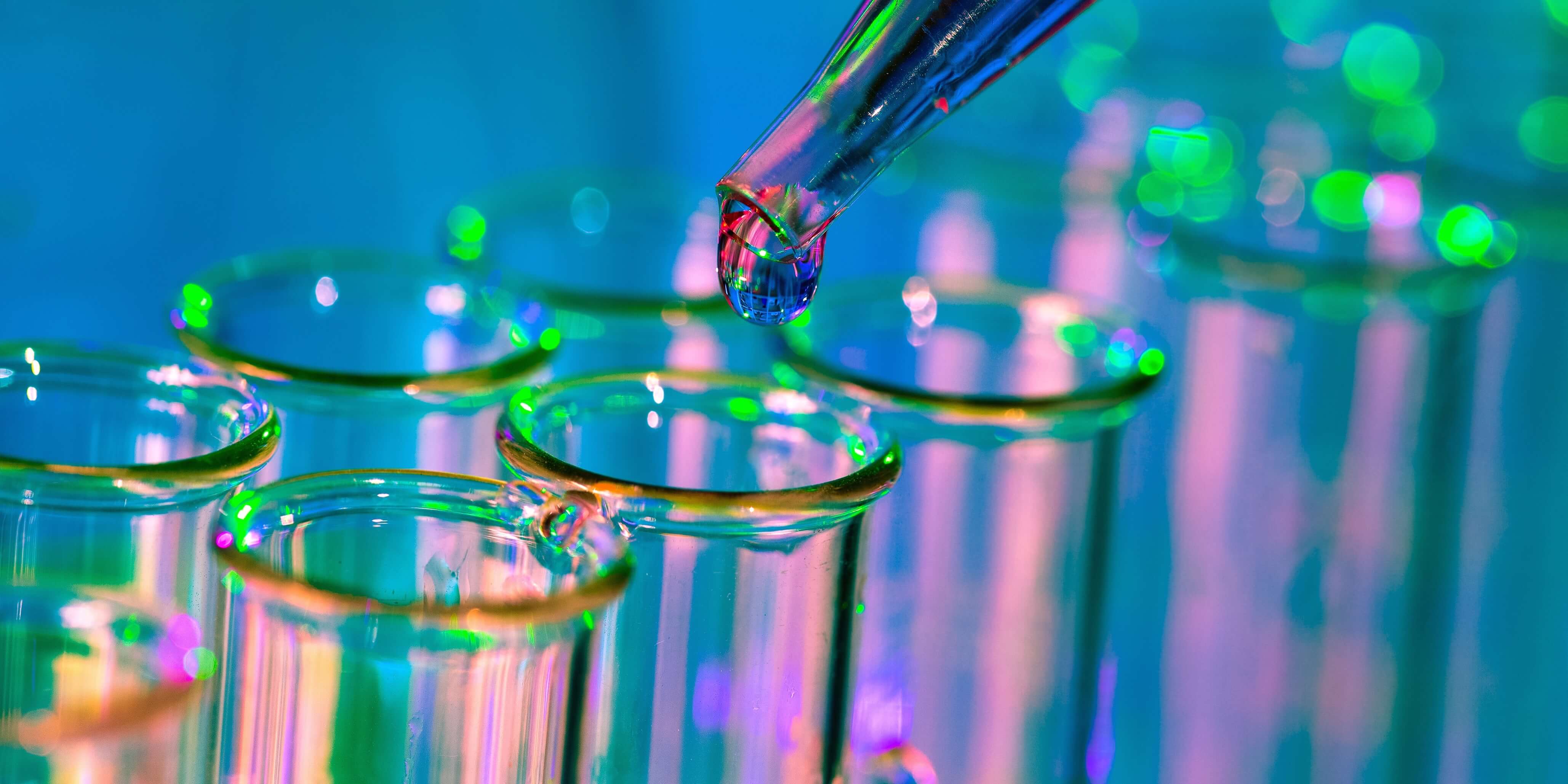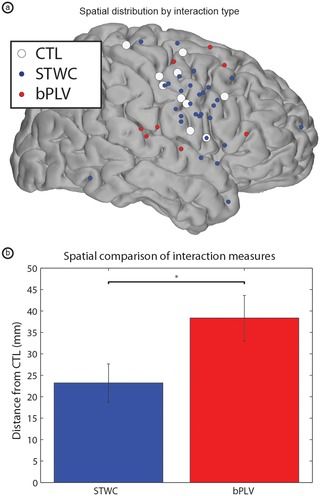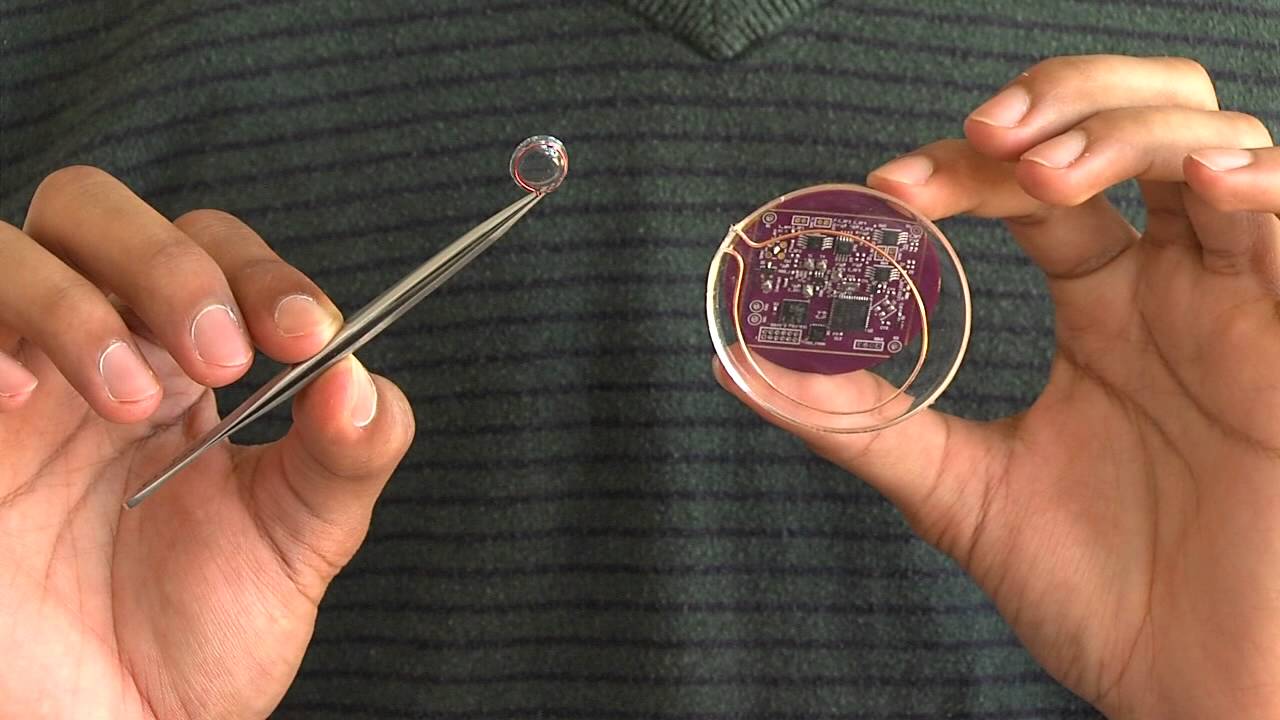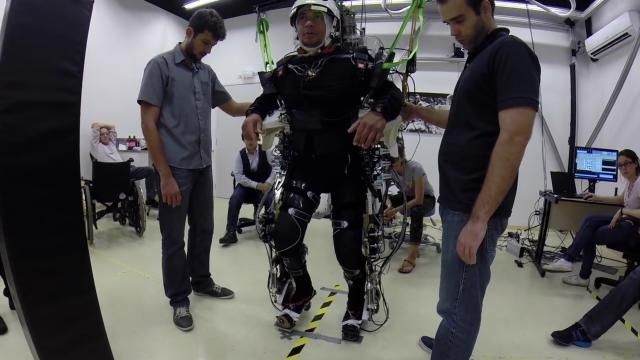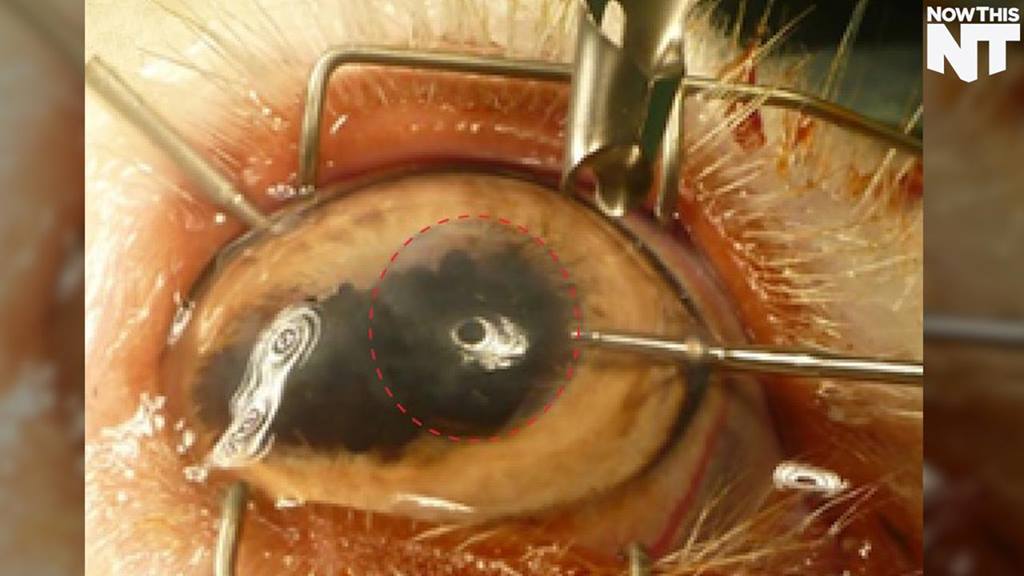Is Market Capitalism simply an accident of certain factors that came together in the 19th and 20th centuries? Does the innovation of economics require a new economics of innovation? Is the study of economics deeply affected by the incentive structures faced by economists themselves, necessitating a study of the “economics of economics”? In this broad ranging interview INET Senior Economist Pia Malaney sits down with Eric Weinstein — mathematician, economist, Managing Director of Thiel Capital (as well as her co-author and husband) to discuss these and other issues.
Underlying the seismic shifts in the economy in the last ten years, Dr. Weinstein sees not just a temporary recession brought on by a housing crisis, but rather deep and fundamental shifts in the very factors that made market capitalism the driving force of economic growth for the past two centuries. The most profound of these shifts as Dr. Weinstein sees it, is an end to 20th century style capitalism brought about not by a competing ideology, as many had once feared, but instead by changing technology. As production is driven increasingly by bits rather than atoms, he sees the importance of private goods give way to public goods, undermining a basic requirement of market models. In a different line of thinking, as software becomes increasingly sophisticated it takes on the ability to replace humans not only in low level repetitive tasks but also, with the use of deep learning algorithms, in arbitrarily complex repetitive tasks such as medical diagnosis.
